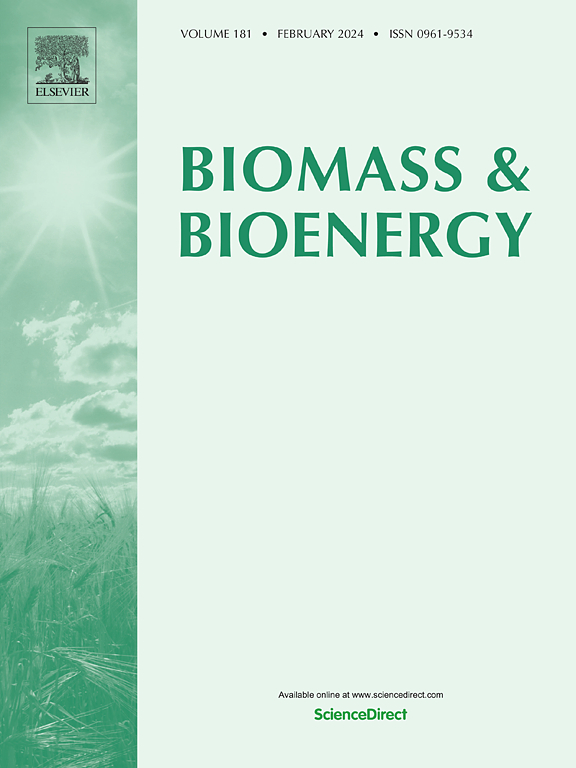Solar-driven torrefaction for sustainable bioenergy production: A review
IF 5.8
2区 生物学
Q1 AGRICULTURAL ENGINEERING
引用次数: 0
Abstract
Torrefaction is a viable pretreatment method to enhance the fuel properties of various lignocellulosic feedstocks. While electrical torrefaction offers process control flexibility, it typically relies on grid electricity, which is generated mostly from fossil fuel sources. This reliance can undermine the overall sustainability and environmental benefits of the process. To address this issue, solar-driven torrefaction serves as an alternative approach to replace the electrical torrefaction methods that rely on non-renewable energy sources. This innovative approach harnesses renewable solar energy, offering a more sustainable and carbon-neutral solution for biomass conversion. This article aims to review the integration of solar energy into the torrefaction process and evaluate its impact on biomass properties. Following a detailed analysis of solar torrefaction, including experimental setups and the influence of parameters, the paper discusses the challenges associated with solar torrefaction systems and provides insights into future perspectives. The review shows that the solar torrefied products exhibit improved qualities and are highly competitive compared to the electrical torrefied products and commercial coals. Additionally, previous researchers have primarily focused on the impact of temperature and residence time, with limited exploration of other parameters and analyses. Therefore, future research should further explore the impact of other parameters and address the technical challenges such as intermittent nature of solar energy, uneven distribution of heat energy and process control complexity. By addressing these challenges, solar torrefaction can be scaled up and commercialized.
求助全文
约1分钟内获得全文
求助全文
来源期刊

Biomass & Bioenergy
工程技术-能源与燃料
CiteScore
11.50
自引率
3.30%
发文量
258
审稿时长
60 days
期刊介绍:
Biomass & Bioenergy is an international journal publishing original research papers and short communications, review articles and case studies on biological resources, chemical and biological processes, and biomass products for new renewable sources of energy and materials.
The scope of the journal extends to the environmental, management and economic aspects of biomass and bioenergy.
Key areas covered by the journal:
• Biomass: sources, energy crop production processes, genetic improvements, composition. Please note that research on these biomass subjects must be linked directly to bioenergy generation.
• Biological Residues: residues/rests from agricultural production, forestry and plantations (palm, sugar etc), processing industries, and municipal sources (MSW). Papers on the use of biomass residues through innovative processes/technological novelty and/or consideration of feedstock/system sustainability (or unsustainability) are welcomed. However waste treatment processes and pollution control or mitigation which are only tangentially related to bioenergy are not in the scope of the journal, as they are more suited to publications in the environmental arena. Papers that describe conventional waste streams (ie well described in existing literature) that do not empirically address ''new'' added value from the process are not suitable for submission to the journal.
• Bioenergy Processes: fermentations, thermochemical conversions, liquid and gaseous fuels, and petrochemical substitutes
• Bioenergy Utilization: direct combustion, gasification, electricity production, chemical processes, and by-product remediation
• Biomass and the Environment: carbon cycle, the net energy efficiency of bioenergy systems, assessment of sustainability, and biodiversity issues.
 求助内容:
求助内容: 应助结果提醒方式:
应助结果提醒方式:


